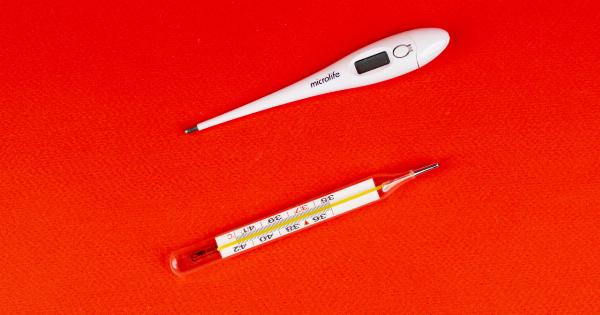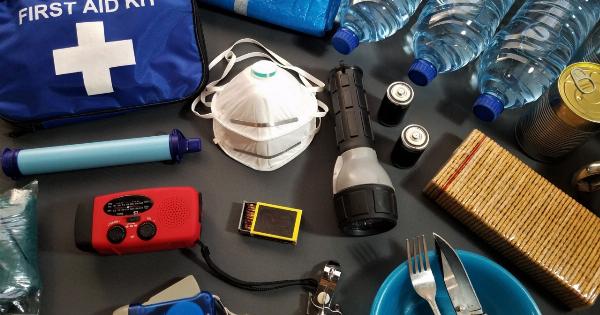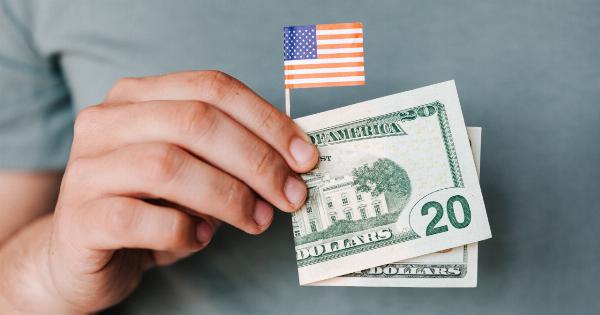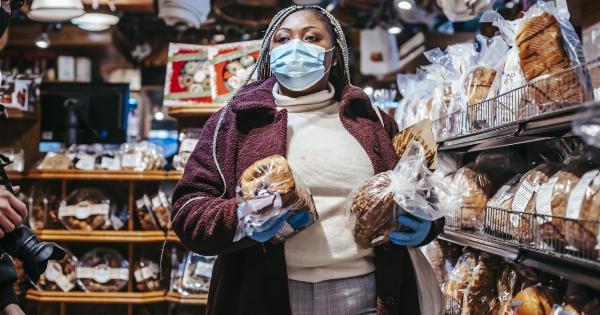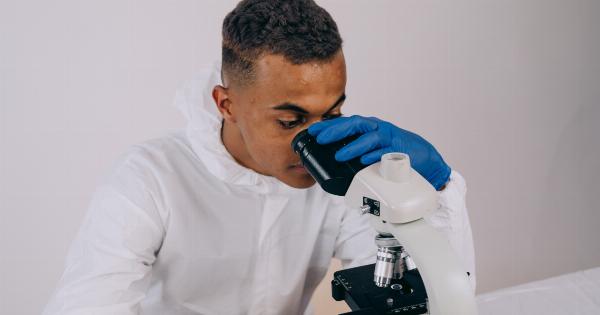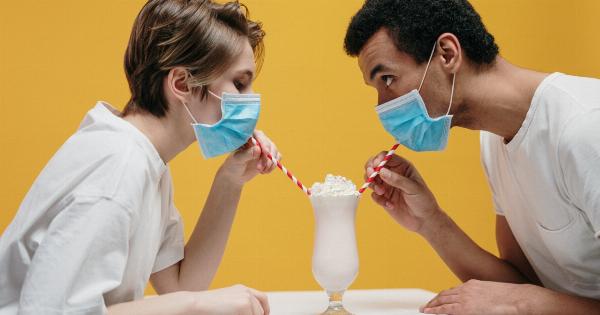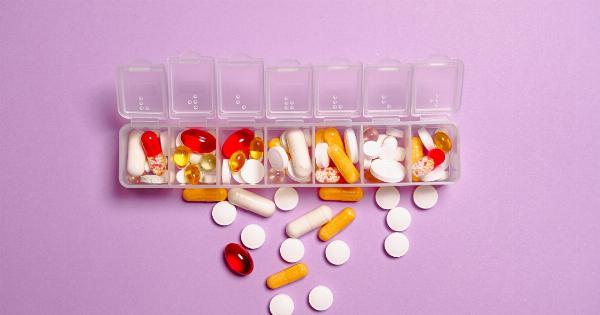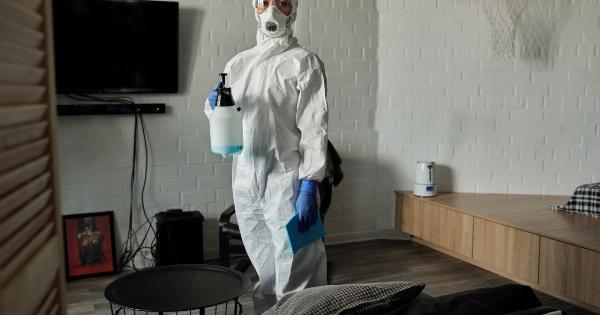Plush toys have long been a favorite among children and adults alike. They are soft, cuddly, and often serve as a source of comfort and companionship.
However, there is a dirty little secret lurking beneath those fluffy exteriors that many people are unaware of. In this article, we will delve into the darker side of plush toys and uncover the truth behind their seemingly innocent facade.
The Hidden Health Hazards
Most people view plush toys as harmless playthings, but the truth is that they can harbor a multitude of health hazards. One of the most common concerns associated with these toys is their potential to accumulate dust and allergens.
Dust mites, pet dander, and other microscopic particles can settle on the fabric and trigger allergic reactions in susceptible individuals.
Furthermore, plush toys can also become breeding grounds for bacteria and germs. They collect dirt, sweat, saliva, and other bodily fluids, which can create an ideal environment for the growth of harmful microorganisms.
These bacteria can pose a serious health risk, especially if the toys are shared among children or not cleaned regularly.
The Chemical Time Bomb
Another grim reality about plush toys is the presence of hazardous chemicals. Many manufacturers use chemical treatments to make their products flame-retardant or stain-resistant.
These chemicals, including flame retardants, formaldehyde, and phthalates, have been linked to various health issues such as hormonal disruption, developmental problems, and even cancer.
Children, in particular, are vulnerable to the harmful effects of these chemicals due to their smaller size and developing immune systems. Even limited exposure to such toxins can have lifelong consequences.
It is essential for parents and caregivers to be aware of the potential risks when choosing plush toys for their children.
Counterfeit Concerns
Counterfeit plush toys have flooded the market, and unsuspecting consumers often find themselves unknowingly purchasing these imitation products.
Not only do these knock-offs deprive the original creators of their rightful income, but they also pose safety risks. Counterfeit toys are often made with low-quality materials, inadequate stitching, and subpar craftsmanship, making them more prone to breakage and posing a choking hazard.
Additionally, counterfeit toys seldom undergo the rigorous safety testing that legitimate products are subjected to.
This lack of testing can increase the likelihood of hidden dangers, such as small parts, lead paint, or other toxic materials being used in the manufacturing process.
The Environmental Impact
Plush toys may seem harmless when it comes to the environment, but their production and disposal have significant consequences.
Most plush toys are made from synthetic materials derived from petrochemicals, which not only depletes non-renewable resources but also contributes to greenhouse gas emissions during the manufacturing process.
Moreover, the disposal of plush toys can further harm the environment. The majority of these toys end up in landfills, where they remain for hundreds of years as they are not easily biodegradable.
This accumulation of non-recyclable waste exacerbates the already pressing issue of global waste management.
The Ethical Question
When it comes to plush toys, the ethical implications span beyond health and environmental concerns. Many plush toys are manufactured in factories overseas, where labor laws and working conditions are often substandard.
Workers, including children, may endure long hours, low pay, and even exploitation to meet the increasing global demand for these products.
Furthermore, the use of animal fur in plush toys raises ethical concerns regarding animal cruelty. While many plush toys are made with synthetic materials, some are still produced using real fur.
This raises questions about the sourcing of fur and the treatment of animals in the fur industry.
Reducing the Impact
Despite the dark side of plush toys, there are steps that can be taken to mitigate their negative impact. Firstly, it is crucial to choose toys made from organic or natural materials whenever possible.
These toys are often produced using sustainable manufacturing practices and are free from harmful chemicals, making them a safer and healthier option.
Regular cleaning of plush toys is also essential to minimize the accumulation of dust and germs. Machine-washable toys should be laundered frequently, following the manufacturer’s instructions.
If a toy cannot be washed, spot-cleaning with a mild detergent and warm water can help maintain cleanliness.
Moreover, opting for secondhand plush toys is an excellent way to reduce waste and give these toys a new lease on life.
Thrift stores, online marketplaces, and local swap groups are excellent resources for finding gently used toys that are still in good condition.
Lastly, being conscious consumers and supporting ethical brands can make a significant difference. Researching brands and their manufacturing practices can help identify companies that prioritize sustainability, worker welfare, and animal rights.
By choosing to support these brands, consumers can contribute to a more sustainable and ethical industry.
Conclusion
Plush toys may hold a special place in the hearts of many, but they also carry a dirty little secret.
From hidden health hazards and hazardous chemicals to counterfeit concerns and environmental impacts, the seemingly innocent toy industry has its fair share of dark shadows. However, by understanding these issues and taking proactive steps, we can ensure that plush toys bring joy without compromising our health, the environment, or ethical standards.


